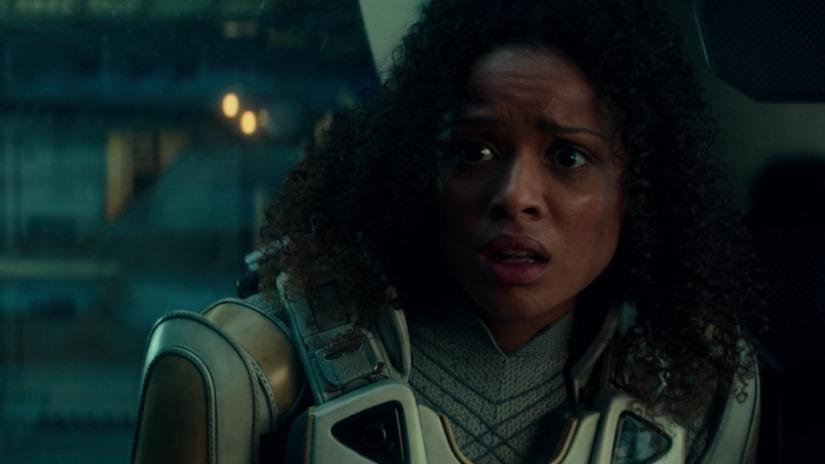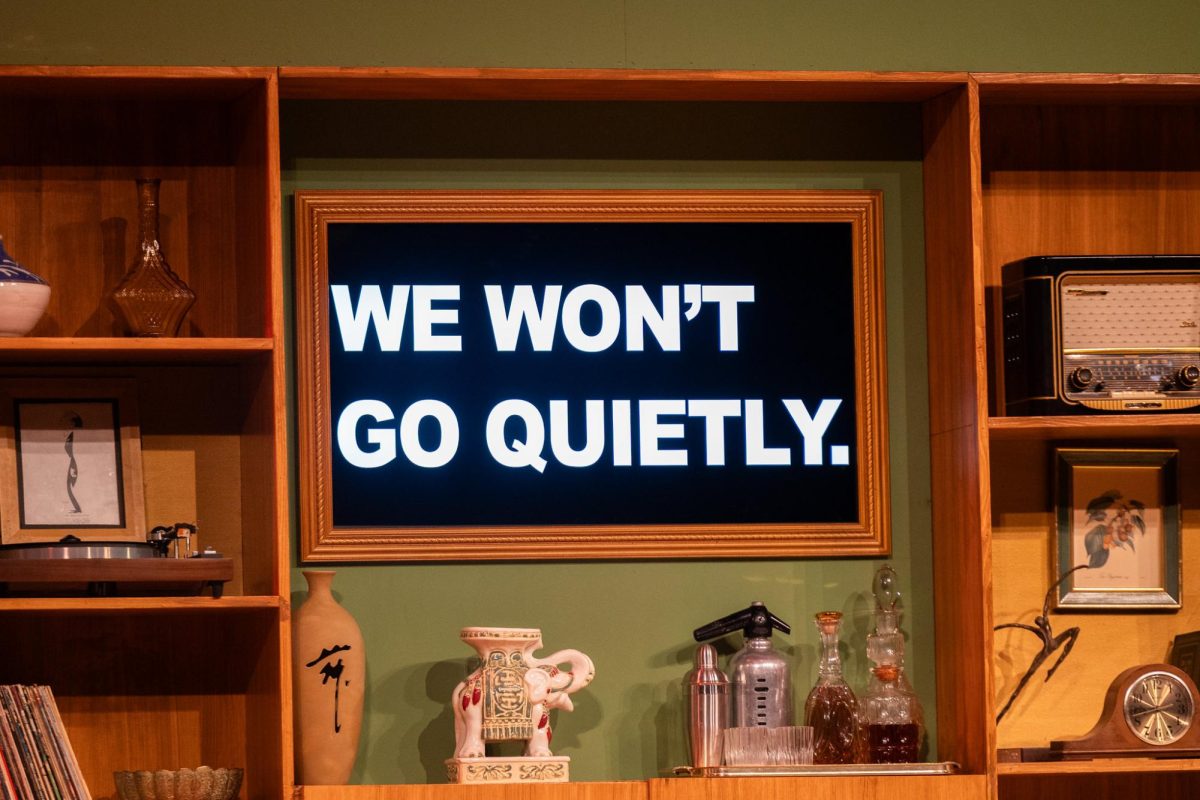Sequels are a double-edged sword, and a hard one to make enjoyable. When a story is so good it leaves fans craving more, it motivates creators to develop ongoing sequels of their stories. There is this notion that movie industries make sequels to make more money; however, they aren’t always beneficial to the movies’ franchise. Somewhere along the way, in the creation of the film something goes horribly wrong, whether it is the characters, plot or the camera angles. Sequels have the tendency to fall short of the originals, or sometimes fall off the map entirely. The horrible ones not only leave the audience disappointed, but destroy the entire franchise.
Directed by Julius Onah, “The Cloverfield Paradox” is based on “God Particle,” a script written by Oren Uziel, which had the same plot of a space station crew, but was originally unconnected to the other two “Cloverfield” series. This film is now celebrated because of its African-American director, its well accredited producer J.J. Abrams and a diverse cast.
Set in space, the film follows a group of international astronauts aboard the Cloverfield space station. After trying to accelerate the craft to try to solve Earth’s energy crisis, they find themselves facing several setbacks, delaying their return home.
The scenes that followed were predictable to guess, even for someone not familiar with the franchise or genre. Although talented actors such as Gugu Mbatha-Raw, David Oyelowo and Daniel Bruhl fill the cast, they all played character roles who were cliche and easily anticipated from the beginning. Some scenes of the movie flashed back to the point of view of the main character’s significant other, which added more confusion to the storyline.
If there was anything to keep the viewers’ eyes on the screen, it would be the film’s music and sound effects. Loud sounds enhanced the scenes that popped out at you that threw the viewer for an unexpected twist in the storyline. Slow monotone music played with the sad scenes that created a despairing tone throughout. And upbeat sound effects matched the happy scenes, that made a compelling argument that the characters did something heroic.
The third installment of “Cloverfield” hoped to reach a new genre, combining sci-fi and horror, but never reached the highs of its forerunners, “Cloverfield” and “10 Cloverfield Lane.”
IGN Entertainment describes “The Cloverfield Paradox” as a paradox within itself. Split between trying to be a stand alone sci-fi space horror movie and a missing link in the “Cloverfield” myths, the film never truly succeeds at being either.
Critics believe The “Cloverfield” movies share similar storylines, but are not entirely connected. There are several theories that fans have created since the release of “Paradox” that characters from the previous movies are resurfacing in the upcoming film.
However, the most captivating part of “The Cloverfield Paradox” was the film’s release.
According to Time Magazine it was the movie industry’s first time announcing a sequel with a 30-second trailer, and immediately dropping the film on Netflix that same day. A surprise Super Bowl announcement was the first time “Cloverfield” fans got a glimpse of the new film, although the $5 million trailer did not reveal who the cast was or that it was dropping that same night.
Fans took to Twitter describing their first impressions. One fan wrote that the Cloverfield’ sequel got gasps, but the reveal that it was premiering on Netflix got screams.
It’s title, “Paradox,” spoke for the entire movie, as it never offered clear answers or a suspenseful plot. “The Cloverfield Paradox” seems left open for another sequel, where rumors have come about saying that “Cloverfield 4” will be released sometime in 2018. Where “Paradox” lacks in impressing the audience, its ending cliffhanger gives hope that the next movie will be more entertaining.



































